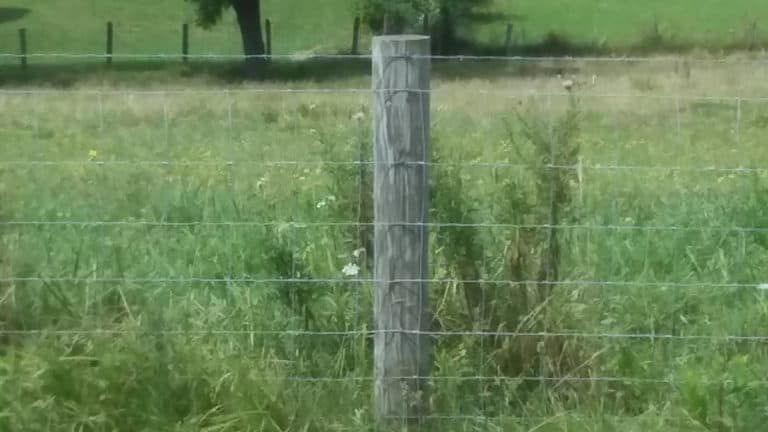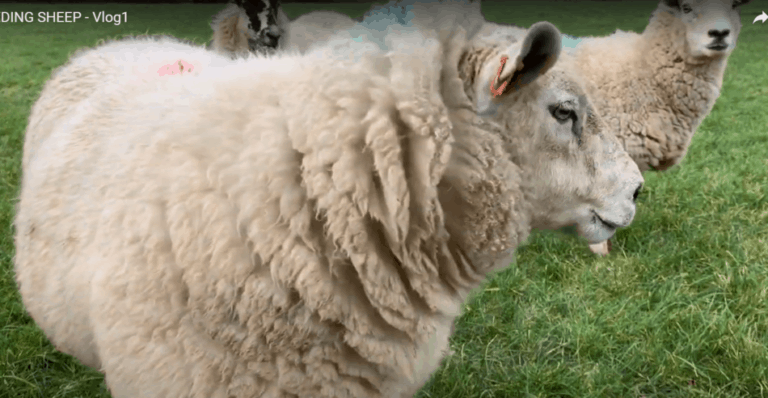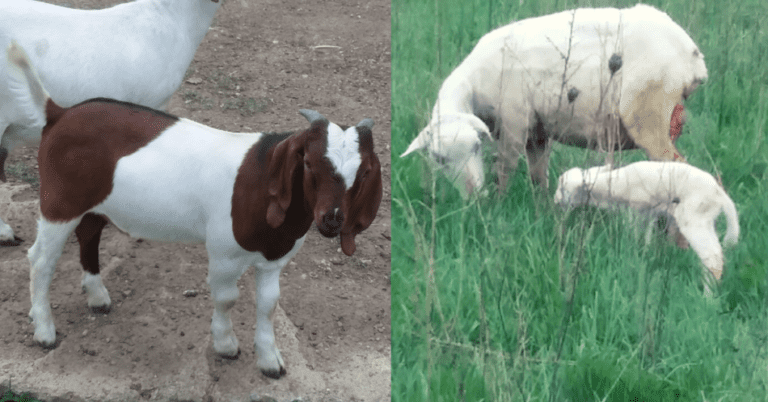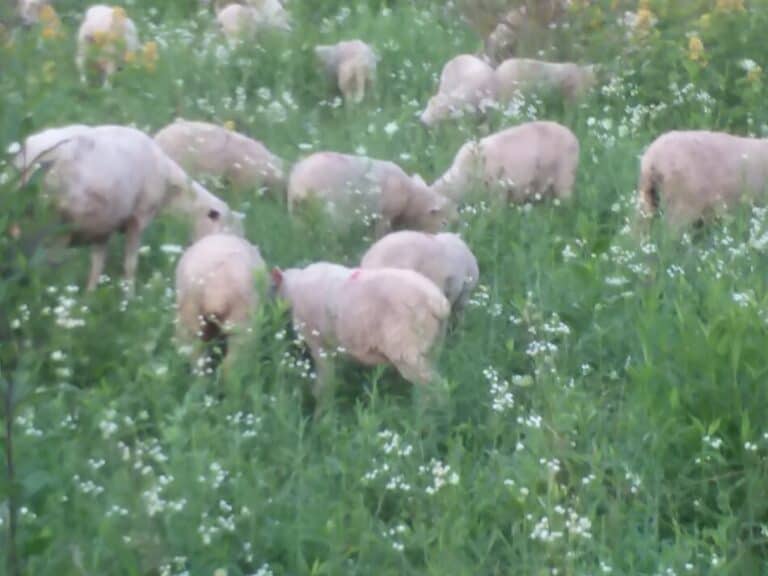Can You Have 2 (Or More) Rams In A Flock?
Every sheep flock needs a ram for breeding season, but what about keeping more than one ram? Can you have two rams in a flock or is it better to have just one?
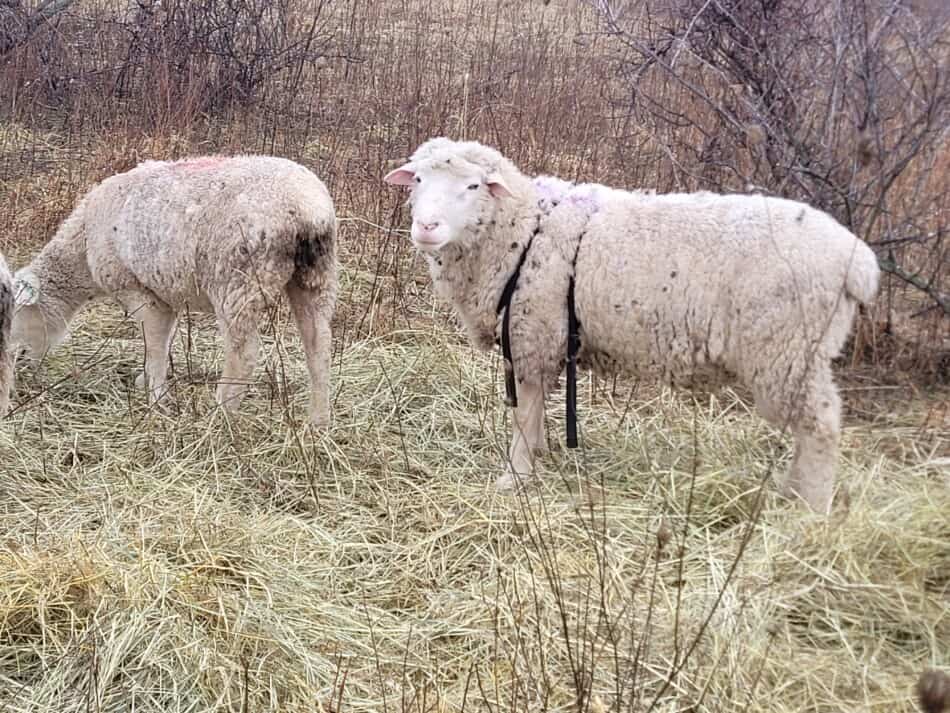
Can you have 2 or more rams in a flock?
You can have 2 or more rams in a flock. Keeping more than one ram is an easy way to make sure that your ewes get bred in a reasonable amount of time.
We routinely keep around 10 rams, so that we have enough rams for the main flock, which gets at least 5 rams for breeding season and a few extras for smaller groups of ewes.
Ewe lambs are more likely to be bred to lamb in their first year if they are kept in a separate pasture with their own rams for the breeding season. These rams are in addition to the rams in the main flock.
How Much Does A Ram Cost? is my article that will help you find the current price for a high quality ram in your area.
Why have 2 or more rams?
Actually, there are many reasons why you may want to have more than one ram available to breed your ewes, here are a few examples:
- keep your lambing season tight
- you have a young ram
- a spare breeding ram incase something happens to your main ram
- make a more competitive breeding environment
- see which type of lambs perform better for you
- have separate rams for different purposes
More rams keeps your lambing season tight
Having more than one breeding age ram helps you to keep your lambing season to a smaller period of time, which helps you keep up with the needs of the flock.
Can You Keep Rams With Ewes Year Round? is my article that goes over the pros and cons of keeping a ram with the flock rather than having a specific breeding and lambing season.
A normal heat cycle for sheep is 17 days, so if you plan on your ewes all breeding in the first or second heat cycle, that’s 34 days that you are on the look out for new lambs.
Anyone who has been through a lambing season or two will tell you that you really need to be ready for lambs about a week before the actual start date and probably a week after the end date.
This potentially adds another 2 weeks to your lambing season. Lambs are born when they are ready, not just when it lines up with the calendar!
If your flock needs another heat cycle to all be bred, that adds another 17 days, which keeps you busy with lambing tasks for longer into the year and spreads out the ages of the lambs quite a bit.
Now the older lambs are going to be 45 days older than their peers.
This is a big difference that the older lambs will take advantage of by doing things like stealing milk from new moms, which is harmful to the newborn that missed out.
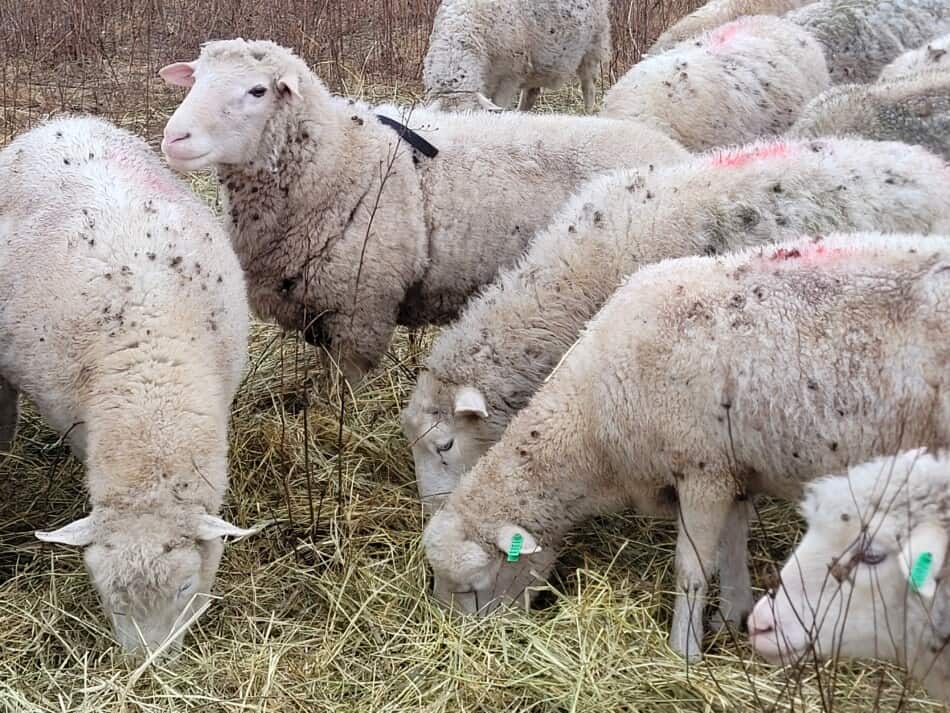
Have two rams if they are young
If your main breeding ram is young (under a year old) you may need to have a spare ram of his age (or close) to make sure that all of your ewes are bred.
Generally speaking, most smaller farm flocks would want a ram lamb for 10-20 ewes, more than that and you are risking him not being able to breed all of your flock in the breeding window.
What happens is he will pick a favorite ewe and follow her around all day and not realize that there are other ewes in heat, or maybe he picks two or three, but there are 5 in heat, so some are not getting bred.
Having multiple rams fixes this problem. As he gets older he’ll understand the situation better, but for now you don’t want his inexperience to hinder your results.
A buddy (or a rival, depending upon how you look at it), makes them competitive and gets them in gear.
This is especially the case if there is a size difference between the ewes and rams, if the ewes are taller then the young rams have to work harder per ewe.
The rams will grow a bit for next year, but for now having two rams is a good idea.
You’ll have an extra if something happens to the main ram
Sadly, crazy things can happen and you end up with an injured ram at breeding season. Yikes, now you are in a pickle! But not if you have a spare ram on hand.
I know that for some folks keeping a spare rams for the “just in case” situations that are unlikely, but you hear about them from time to time, might not be feasible.
If that’s the case for you, then you work with what you have and see what shakes out. If you can have a spare ram , it’s a good idea.
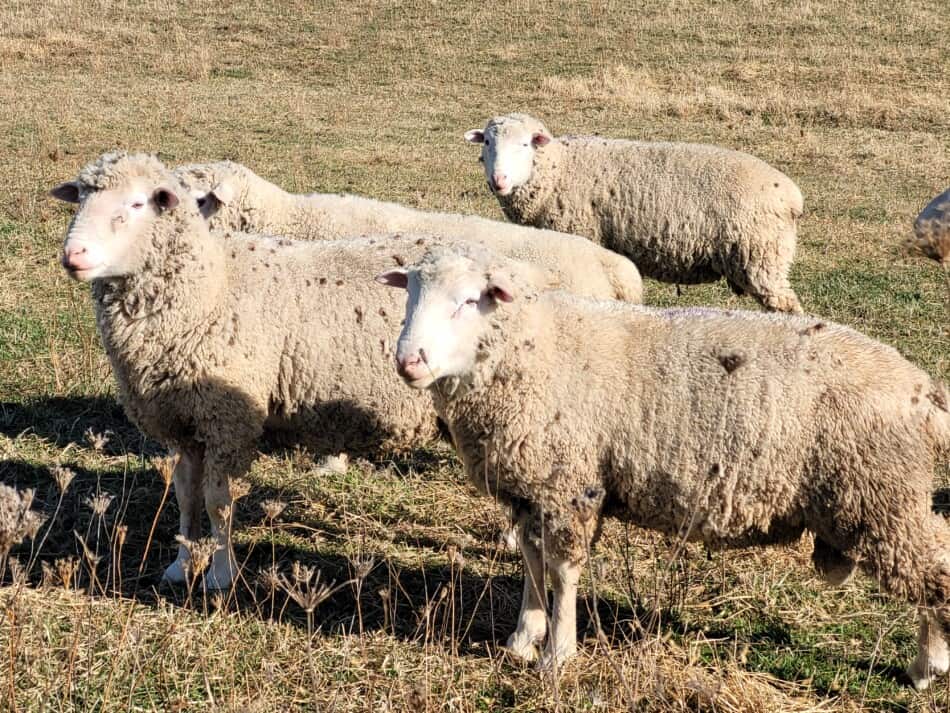
Multiple rams keeps the breeding season competitive
Having a bit of competition out there in the field keeps the rams on task. Realize that there is competition between individual rams as well as competition between genetics.
By competition between rams, I mean that having more than one ram keeps them both/all searching around for other ewes that are in heat, which increases the likelihood that all of the ewes breed.
The other form of competition is between genetics.
The easiest way to see this would be if you had a white faced ewe flock and used rams of different breeds each of which has a distinctive genetically dominant feature, like different colored faces.
Keeping with this idea, you could run a black faced ram (Suffolk, Hampshire, etc. ) and a white faced ram (most other breeds) in your flock for breeding season.
At lambing, you would see which lambs had speckled faces (meaning they are sired by the black faced ram) and which lambs had all white faces (sired by the white faced ram).
This would give you a good idea as to which ram is doing more for you in the breeding season.
See which genetics work better for you
You would also get some insight throughout the year as to what lambs perform better in your situation.
For instance, you might find that the speckled faced lambs seem to grow to a larger frame (body) size that is more suited to your customers or that the white faced lambs seem to finish (put on fat) faster.
Another example would be you notice that lambs that are sired by one ram seem to be more hardy than lambs sired by the other, now you have some insight as to what direction to take your breeding program.
From these examples and many others that you could observe, you can choose what suits you and your operation best.
Of course, you could have two different white faced rams in your white faced flock or two different breeds of black faced rams in your black faced flock, it’s easier to picture when the sire of the lamb is obvious.
Best Sheep Breed For Meat is my article that gives you some ideas on great choices for meat type sires.
Separate rams for different purposes
Once you get to having a larger flock, you may decide to have separate breeding rams, each with a different purpose.
For example, have one ram that produces your potential replacement ewe lambs and use the other ram(s) on the main flock to produce market lambs.
Let’s say you have a main flock of Dorsets and you want to use 2 rams, one to put with your favorite ewes to keep lambs from, so he would be more of a maternal breed (great mothering, not so great muscling).
Then with the rest of the flock, you would run a meat sire, maybe a Suffolk or a Cheviot, depending upon what your market wants and these lambs would all be sold.
In this case, you would need to keep the two flocks separate for breeding season if you wanted the replacements from specific ewes, but they could all go together after breeding for the rest of the winter.
While this would be more work, it will also get you more results in the form of a meatier, faster growing crossbred lamb crop from the main group of ewes and keep the genetics you want as replacements.
If you have a handful of ewes, then this is going to be more complication than it is worth to you and that’s fine. Pick a good ram, the best you can afford (seriously, quality pays!) and go with it.
If you have a bit of a larger flock and want to start being more selective on your breeding, consider a what a different type of ram could do for you and your flock.
Get your rams early!
A final word on rams, get them early! I would want at least 60 days before breeding season to make sure that they have time to recover from the trip to your farm, especially if it is done in the heat.
When we milked cows for a living and just had a few sheep hanging around, we were much more causal about when we got the ram.
Now that sheep are our main income, we don’t take chances on ram fertility and neither should you!
For more information on taking care of rams, consider reading Caring For Rams Beyond Breeding Season, written by Ulf Kintzel for the Small Farms program at Cornell University.
